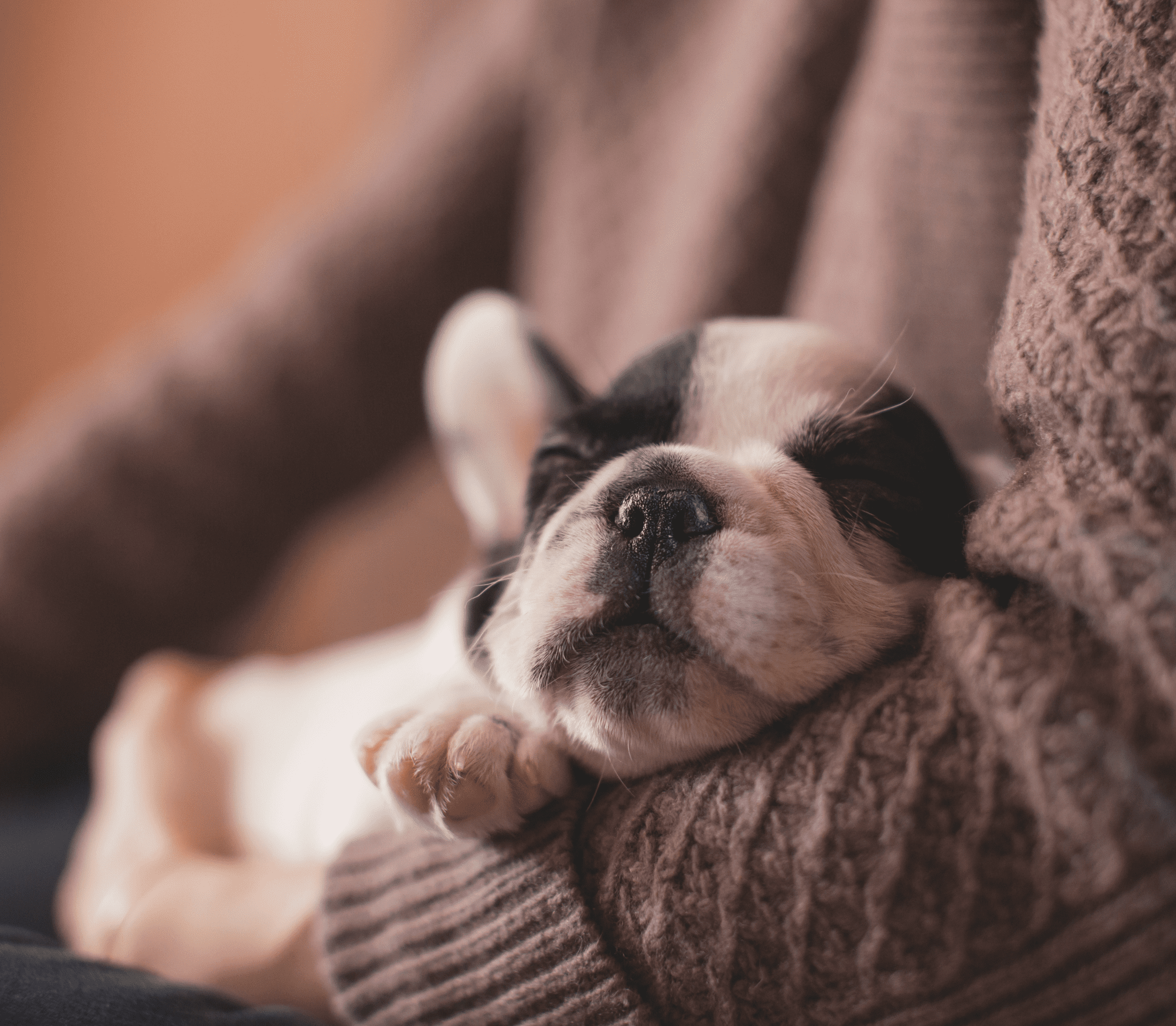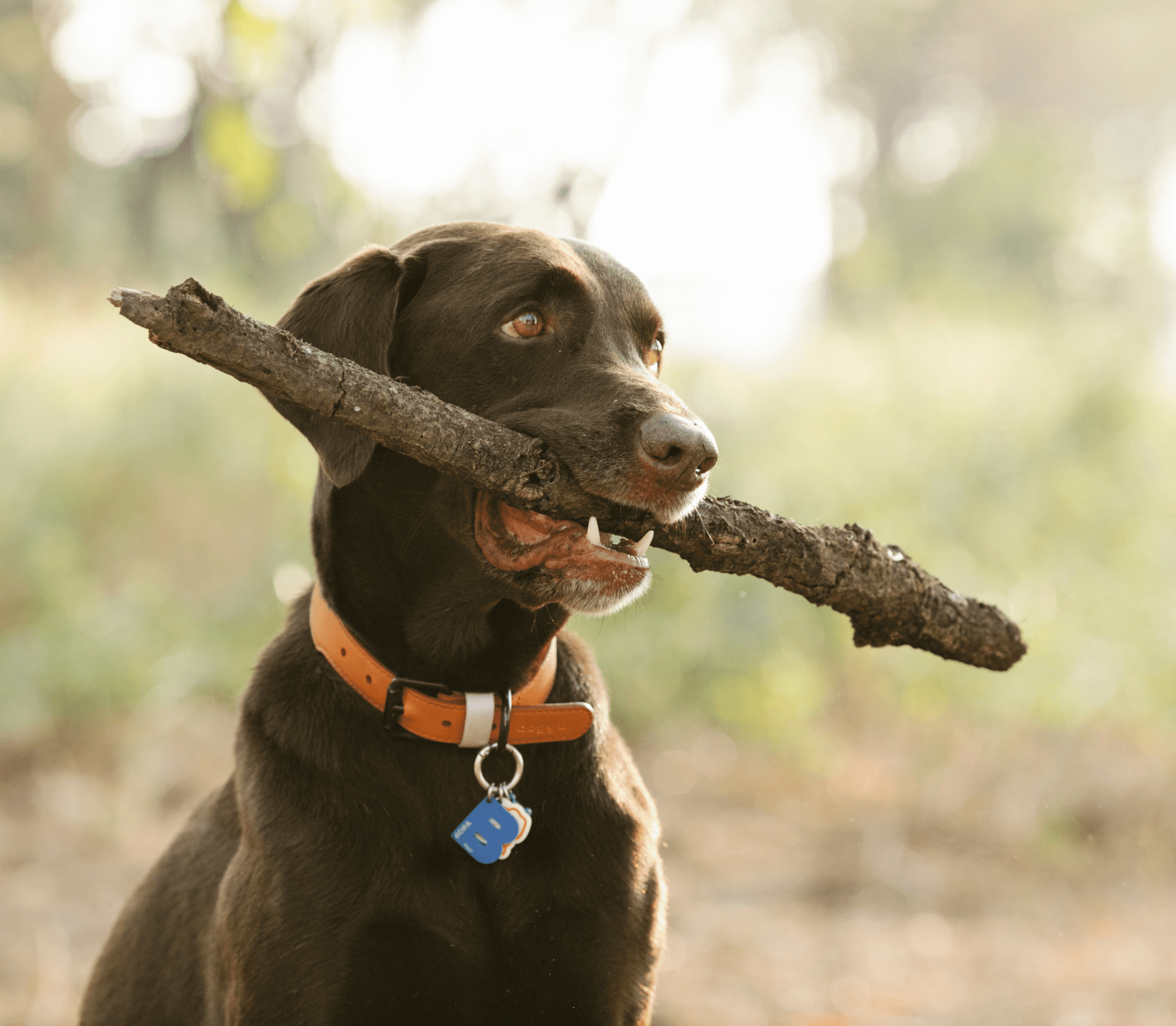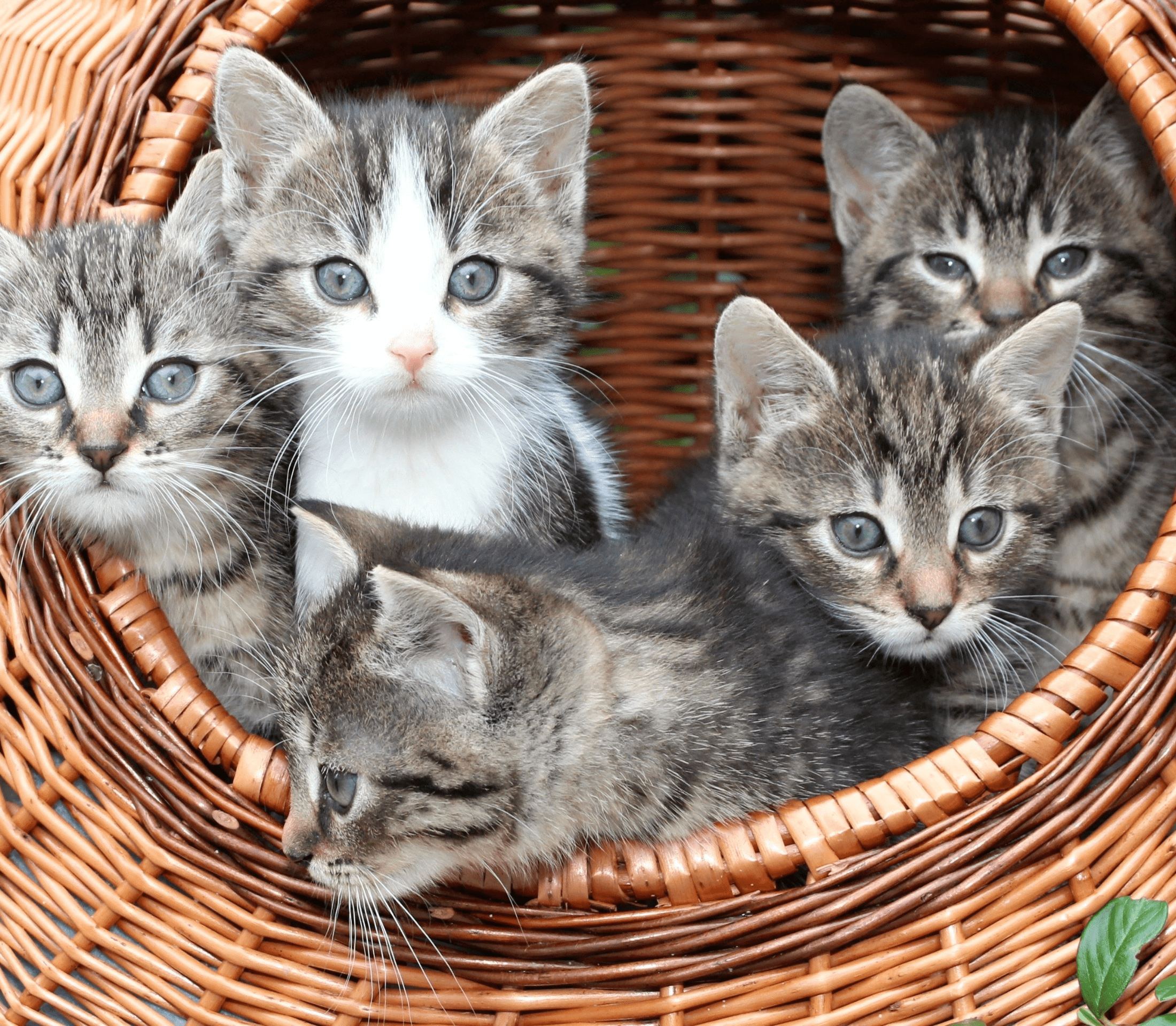Choosing Dog Toys
Does your canine buddy get super excited when he sees that you have a new toy for him? This is always super cute to see. Fido is very playful, which is one reason he is so much fun to have around. Toys are actually crucial to your furry friend’s health and well-being, so it’s important to make sure your pet always has some playthings. But what is best? A local vet offers some insight on this below.
What Kind Of Toys Should You Get Your Dog?
There is certainly no shortage of things you can get for your furry friend. Different types of toys serve different purposes for Fido.
Chew Toys: Comfort toys help him keep his jaws strong, promote the flow of saliva, and also help him satiate his natural urge to gnaw on things … therefore saving your shoes and belongings!
Fetch: Fetch toys, as the name suggests, are toys that are good for dogs to run after and then bring back to their humans.
Rope Toys: Rope Toys are meant for pulling. Tug O’ War is definitely one of Fido’s favorite games!
Comfort Toys: Comfort Toys Are great for pups to snuggle up with. These are a great option for rescue dogs, as well as any pup that is nervous.
Puzzle Toys: Puzzle Toys provide mental stimulation, rather than promoting physical activity.
Some dogs have specific preferences for one type of toy. Others will be happiest with a bit of everything! You’ll need to experiment a bit to figure out what Fido’s preference is.
What Should I Consider When Picking Out Dog Toys?
There are actually quite a few things that you would want to keep in mind when picking out your furry friend’s toys.
Here are some of the key ones:
Breed
Your pet’s breed may give you some clues. Every breed was originally developed to serve a distinct purpose. Retrievers, as the name suggests, were tasked with retrieving fowl and small game. Therefore, it’s not really surprising that many of these pups, such as Labs and Golden Retrievers, absolutely love playing fetch. (Goldens are also very enthusiastic about, well, everything, so there’s that.)
Age
Fido’s age should also come into play here. If you have a puppy, you’ll need to provide your furry little buddy with tons of toys he can gnaw on during that adorable terrible two stage. Adult dogs also need entertainment and activity, so they often do best with a variety. Once your canine pal reaches his senior years, he may prefer toys that are soft on his mouth, or perhaps those that make noises or light up. Puzzle toys are also great for older dogs.
Personality
You’ll need to consider your canine pal’s personality as well. For instance, if Fido is a voracious chewer, you’ll need to be careful to choose things that are tough enough to hold up to his efforts. This is very important, because some toys can break off into small pieces. These can be serious choking hazards and can cause dangerous—and even life-threatening—internal injuries if ingested.
This also comes into play with rope toys. Some of our canine pals can get a bit too enthusiastic about playing Tug O’ War. If your pet has any aggressive tendencies, he could possibly get riled up.
Do some breed research, and be sure to ask your vet for specific advice.
Why Are Toys Important For Dogs?
Toys serve several purposes for our canine companions. First and foremost, they keep your canine buddy entertained and (hopefully) out of mischief. However, keeping Fido’s doggy toy box full is important for more than his amusement.
Here are some of the reasons toys are critical for Man’s Best Buddy:
- Exercise: Staying active is just as important for Fido as it is for us. Running after a ball or Frisbee, or even chasing after a laser pointer, is a great way for your furry pal to get his daily doggy workout in. This is important for more than your pet’s physical health. Making sure that Fido has a way to burn off those zoomies is also beneficial for him behaviorally. After a vigorous play session, your furry pal will naturally be calmer and better behaved. He also won’t be as likely to engage in bad behaviors, such as digging or chewing.
- Mental Stimulation: Our canine friends are quite intelligent, and they can get quite bored with nothing to do but stare at the walls all day. Fido needs something to keep himself occupied with!
- Bonding: While your pet should have some things he can use by himself, it’s also important for him to have toys that you can play with together. When you take time to toss a ball for your furry friend, he’ll know that you’re trying to make him happy. That will go a long way towards helping your furry pal feel loved and safe.
- Comfort: Dogs are very emotional. Just like people, they really just want to feel loved and secure. Snuggle toys work very much the same way for Fido as stuffed animals do for little children. Fido may look adorable when he snuggles up with his stuffed zebra at bedtime!
- Tail Wags: There’s also a lot to be said for just keeping your pet happy! Fido always looks cute when he spots a new plaything.
How Do I Choose Safe Toys?
Safety should be one of the biggest—if not the biggest—factor when choosing dog toys. There are quite a few things to take into consideration here.
Size is a big one. Make sure that you are only getting toys that are the right size for your pet. Fido could hurt himself on things that are too big or too small for him!
Material is also important. This is where things can get a bit tricky. Be careful with toys that were manufactured overseas. Not all countries have strict quality control standards when it comes to pet products. Unfortunately, many products have been found to have toxic chemicals, such as Phthalates · BPA, and Lead. Stick with things made in North America. Things made of natural materials are great, but that doesn’t mean all synthetic materials are bad. Rubber and silicone toys are safe and non-toxic, and often hold up to dogs’ chewing.
Stuffies can be fun for pets, but can also be risky. Many of our canine companions absolutely love stuffed animals. This makes sense: they remind Fido of the small animals he would hunt in the wild. However, you will need to be careful with these. Some pups will go after the squeaker. In fact, some of our canine pals remove these with near-surgical precision. Those squeakers can pose huge choking risks. You don’t want your pet eating the stuffing, either. Opt for rugged toys. It’s also important to stick with things that were made specifically for dogs. The ones made for kids often have small parts, like plastic eyes, noses, or buttons, that aren’t safe for your furry friend to play with. Also, discretely discard and replace stuffies that are on their last legs.
Ask your vet for more information on choosing safe toys.
Make An Appointment At Our Animal Clinic
Does your pooch need to come in for an exam? Is Fido over due for wellness care? Please do not hesitate to reach out to us. As your local animal clinic, we are here to help!



